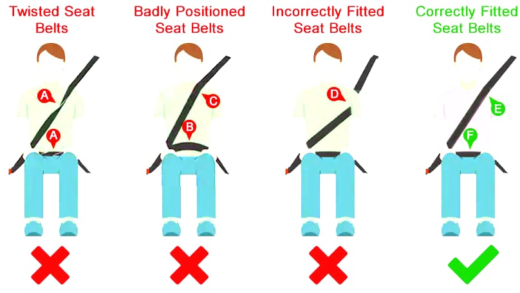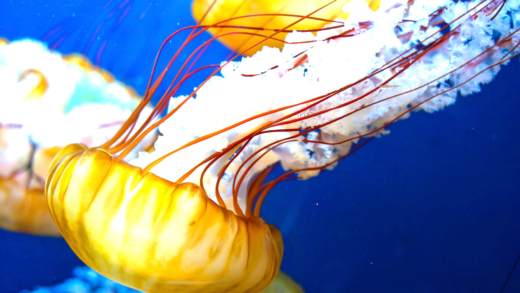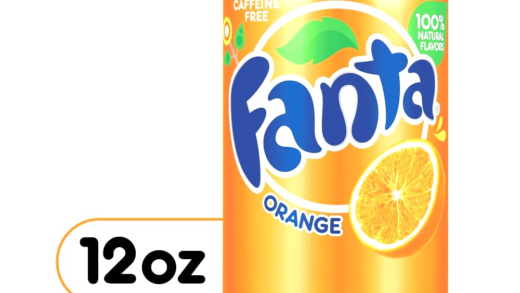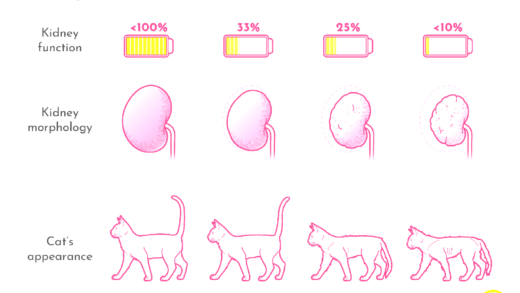Learn how to feed hummingbirds effectively with the best nectar recipes, proper refill frequencies, and common myths about their feeding habits.
What Do Hummingbirds Eat
Hummingbird feeding is a delightful experience, and understanding what these tiny birds eat is crucial for attracting them to your garden. Hummingbirds primarily consume nectar, which they obtain from various flowers. This sweet liquid is rich in sugars, providing the energy they need for their fast-paced lives. However, they also require protein to maintain their health, which they get from insects and spiders.
Here are the main components of a hummingbird’s diet:
- Nectar: The primary food source, nectar from tubular flowers is their favorite. Flowers like trumpet vine, bee balm, and salvia are particularly appealing.
- Insects: Hummingbirds consume small insects such as aphids and fruit flies for protein. This helps in their growth and reproduction.
- Spider Silk: They often collect spider silk to build their nests, which is a vital part of their nesting process.
To attract hummingbirds, consider planting a variety of flowers that bloom at different times of the year. Native plants are especially effective because they naturally produce nectar suited to local hummingbird species. Additionally, using feeders filled with homemade nectar (a mix of four parts water to one part sugar) can supplement their diet, particularly when flowers are scarce.
In conclusion, understanding the dietary needs of hummingbirds is essential for creating an inviting environment for them. By providing a mix of nectar sources and protein-rich foods, you can ensure these vibrant birds frequent your garden.
Creating a Hummingbird-Friendly Garden
To attract hummingbirds, creating a hummingbird-friendly garden is essential. These tiny aviators are drawn to vibrant colors, especially red, orange, and pink. Planting the right flowers and providing a suitable environment can significantly increase your chances of seeing these beautiful birds.
Here are some key tips for establishing a garden that beckons hummingbirds:
- Choose the Right Flowers: Select flowers that are known to attract hummingbirds. Some top choices include:
- Bee Balm
- Trumpet Vine
- Salvia
- Columbine
- Petunia
- Plant in Clusters: Hummingbirds prefer clusters of flowers over solitary ones. Planting in groups makes it easier for them to find food.
- Provide Water Sources: A small birdbath or water feature can be very appealing. Hummingbirds enjoy bathing and drinking, so ensure it’s shallow and clean.
- Avoid Pesticides: Chemical pesticides can harm hummingbirds. Opt for natural pest control methods to keep your garden safe for these delicate creatures.
- Consider the Environment: Creating a welcoming environment also means providing shelter. Incorporate shrubs and trees where hummingbirds can rest and nest.
By incorporating these elements into your garden, you can create a vibrant ecosystem that not only attracts hummingbirds but also supports a diverse range of wildlife. Remember, the more appealing your garden, the more likely these enchanting birds will visit!
Feeding Tips for Hummingbirds
Hummingbird feeding is not just about hanging a feeder; it’s about creating a sanctuary for these incredible creatures. One of the most critical aspects of this is understanding the best nectar recipes, how often to refill hummingbird feeders, and debunking common misconceptions.
Best Nectar Recipe for Hummingbirds
The best nectar recipe for hummingbirds is simple and can be made at home. It requires just two ingredients: granulated sugar and water. Here’s a quick guide:
- Ingredients: 1 part granulated sugar to 4 parts water.
- Preparation: Boil the water, dissolve the sugar in it, and let it cool. There’s no need to add red dye; natural colors attract hummingbirds just fine.
This mixture mimics the natural nectar found in flowers, providing the energy these birds need. Fill your feeder with this nectar and store any extra in the refrigerator for up to two weeks.
How Often to Refill Hummingbird Feeders
To keep your feathered friends happy, it’s essential to refill hummingbird feeders regularly. Here are some guidelines:
- Hot Weather: In warm temperatures, nectar can spoil quickly. Check feeders every 2-3 days and refill as necessary.
- Cooler Weather: During cooler months, you may only need to refill every week.
- Signs of Empty Feeders: If you notice fewer visits or the nectar level dropping slowly, it’s time to refill.
Regularly cleaning your feeders is just as important to prevent mold and ensure the health of the birds.
Common Misconceptions About Feeding Hummingbirds
Many myths surround hummingbird feeding that can lead to ineffective practices. Here are some common misconceptions:
- Myth: Hummingbirds only need sugar water.
- Fact: While sugar water is essential, they also require protein from insects.
- Myth: Hummingbirds can’t find feeders without red dye.
- Fact: Natural flower colors attract them just as effectively.
- Myth: You should only feed them in summer.
- Fact: Depending on your location, some species may need feeders year-round.
By debunking these myths, you can ensure that you’re providing the best care for your visiting hummingbirds.
In conclusion, understanding how to properly feed hummingbirds is crucial to attracting and maintaining their presence in your garden. With the right nectar recipe, regular feeder maintenance, and a clear understanding of common misconceptions, you can create a thriving environment for these beautiful creatures.





Comments are closed.